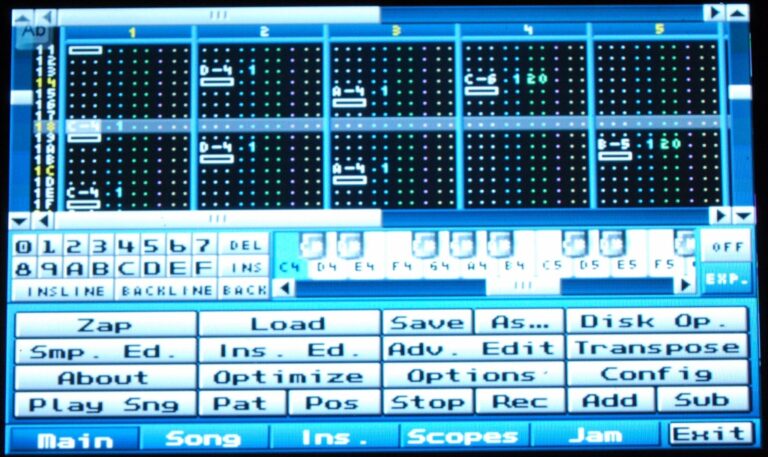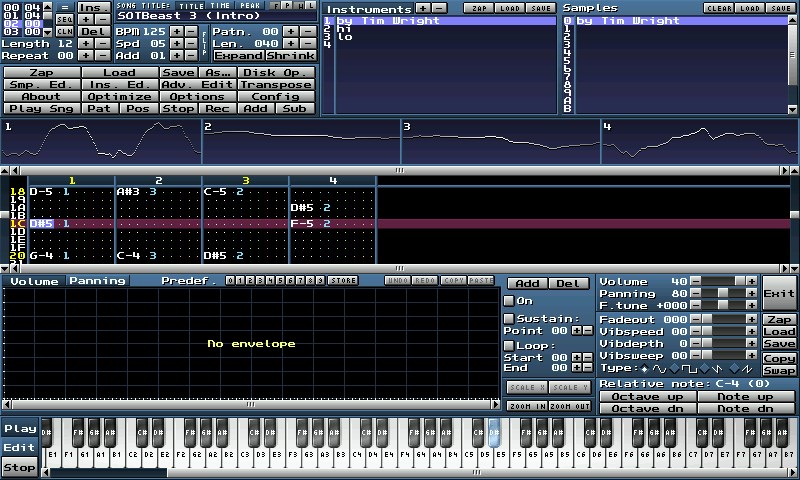

Be sure to change the section in the blue box to the “Forward” option. You’ll notice if you try to play anything, you’ll get clicking noises rather than a note. Note: If you want more variety in your sound waves, you can always draw your own using the draw option (red box) or by importing a sample in (green box). Keep the period at 1 and volume at 100 and click ok. Right click in the blank space and go to generators and choose the sound wave desired. Next, you will want to add in a sound wave. Experiment with this to get the sound you need. Note: sample size will change the pitch of your instrument. This way, your instruments will be in tune with each other if you create an instrument at a different sample size. (blue box) Insert a sample size using a number in the power of base 2. In the blank space right click and select new. Make sure instrument 1 in the yellow box is highlighted.

Refer to this picture for the following section.įirst we’ll add an instrument.
Sub – decrease usable tracks Creating an instrument Ins ed – instrument editor: used to create your instrument Smp ed – sample editor: used to make adjustment to your current instrument Zap – basically a big delete button for either the pattern, instrument, or everythingĭisk op – disk operations. Shrink – shortcut for cutting the length by 32 ticks Orange Box - Overview Examples of when you’d use this would be to create a short loopable riff, or if the song is complete and there is some dead space.Įxpand – shortcut for adding to the length by 32 ticks. Len – changes the length of the current pattern you are working on. Patn – changes to view other patterns you’ve already made If it is 1+, the editor will move down that many spaces down the line when you’re adding notes.įor example, if you wanted 1 kick drum hit every 4 ticks without manually moving the cursor down, you would want “Add” to be at 4 to have the cursor automatically move 4 ticks for you. I usually don’t touch this.Īdd = number of ticks the editor moves down after adding a note in edit mode.

#Milkytracker latency software
This guide is designed to walk you through the basics of Milkytracker so you'll have a working knowledge to begin using the software for creating music.


 0 kommentar(er)
0 kommentar(er)
